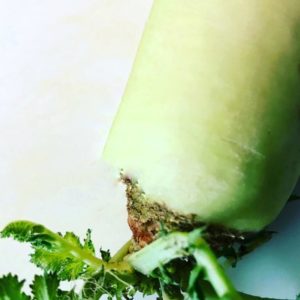
All types of mushrooms can be used in Japanese cuisine it depends a bit on the dish.
In Japan there are 7 different kinds of mushrooms; Shiitake, Maitake, Matsutake, Shimeji, King oyster, Nameko and Enoki mushrooms.
In Denmark, we can buy Shiitake, Shimeji, King oyster and Enoki mushrooms in specialty stores and supermarkets during the year.
Shiitake mushrooms are known for their unique aromas and intense flavors. It is a sponge used in all types of dishes in Japanese cuisine.
Shimeji and Enoki mushrooms can be used in several different ways. You will often find this type of mushroom in miso soups or in classic Japanese stews.
King oyster or oyster hats are a meaty mushroom which is well suited for e.g. yakitori spyd. It is also a mushroom that is suitable for other tasty dishes.
If you cannot get any of the above mushrooms do not despair. Try to use local tasty mushrooms.
Read more about Japanese noodle Soup course for beginners
Read more about Traditional Japanese food course for beginners
_
Zoë has lectured and held sushi courses for A. P. Moller – Maersk, Hugo Boss Nordic, Novo Nordisk, Novartis, Velux, Gorrissen Federspiel, Beierholm revision, Elbek & Vejrup and many more.


